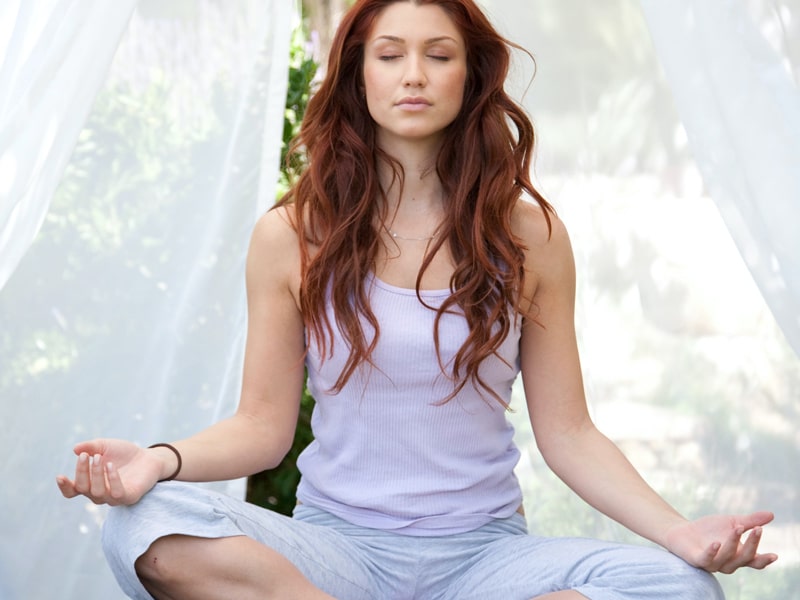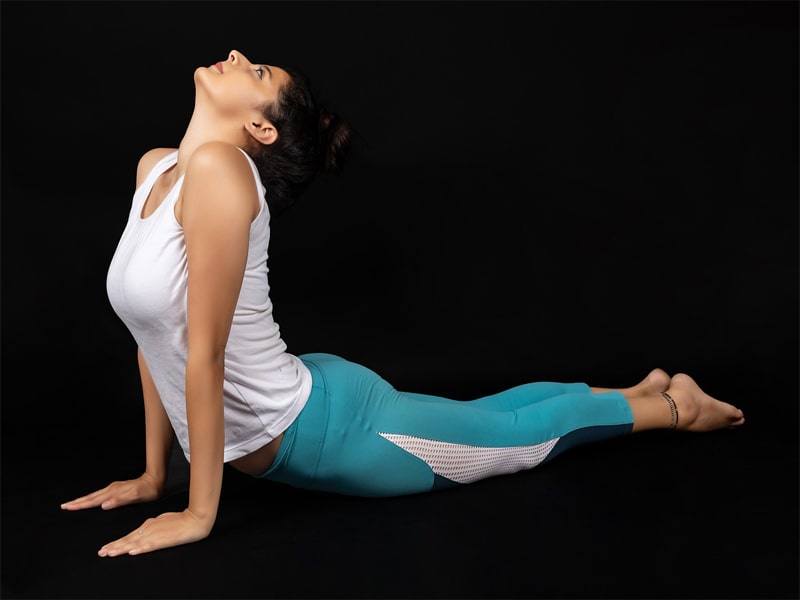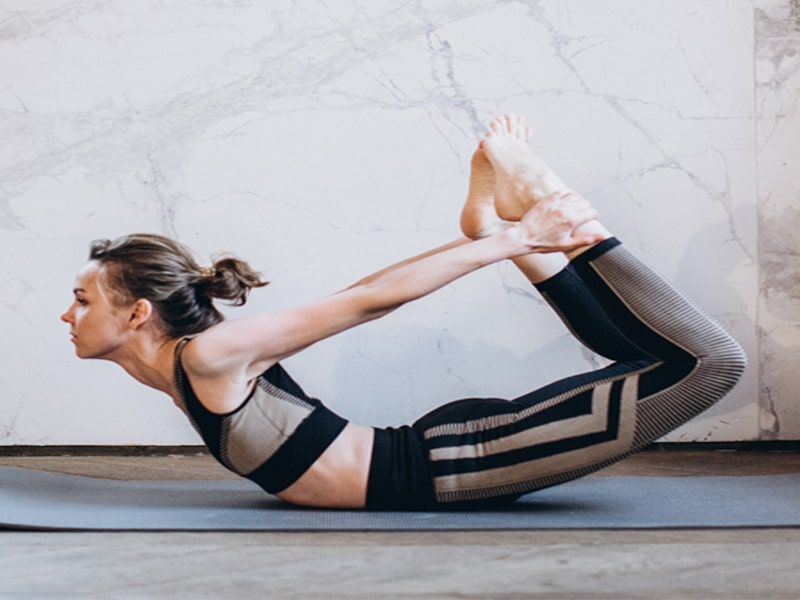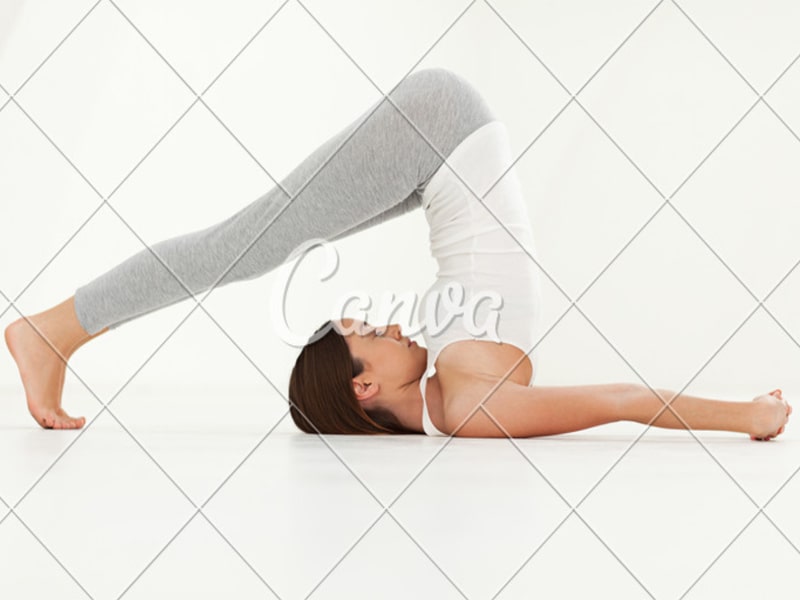Raja Yoga is a spiritual practice that has its roots in ancient India and is considered one of the oldest forms of yoga. The word “Raja” means “royal” in Sanskrit, and “Yoga” means “union.” Together, the term Raja Yoga refers to the practice of unifying the mind, body, and spirit in order to achieve self-realization and attain inner peace.
In this blog post, we will explore the eight limbs of Raja Yoga and the benefits of incorporating these practices into daily life. We will also discuss common challenges that practitioners face and provide tips for overcoming them.
I. Introduction
Raja Yoga is a systematic approach to personal growth and self-discovery. It is based on the teachings of Patanjali’s “Yoga Sutras,” a text that outlines the eight limbs of Raja Yoga and provides guidance on how to attain spiritual enlightenment.
Raja Yoga is a holistic approach to yoga that focuses on the development of the mind, body, and spirit. It emphasizes the importance of discipline, self-control, and inner awareness in order to achieve a state of spiritual liberation.
The purpose of this blog post is to provide an overview of Raja Yoga, its eight limbs, and the benefits of incorporating these practices into daily life. We will also discuss common challenges that practitioners face and provide tips for overcoming them.
II. The Eight Limbs of Raja Yoga
A. Yama
The first limb of Raja Yoga is Yama, which refers to the five ethical principles that form the foundation of the practice. These principles are: non-violence, truthfulness, non-stealing, sexual purity, and non-greed.
B. Niyama
The second limb of Raja Yoga is Niyama, which refers to the five internal observances that support the development of a strong and disciplined mind. These observances are: cleanliness, contentment, self-discipline, self-study, and surrender to a higher power.
C. Asana
The third limb of Raja Yoga is Asana, which refers to the physical postures that are used to prepare the body for meditation. The practice of Asana helps to increase flexibility, strength, and balance, and also calms the mind and nervous system.
D. Pranayama
The fourth limb of Raja Yoga is Pranayama, which refers to the practice of controlling the breath. This involves various breathing techniques that are used to regulate the flow of prana, or life force, throughout the body. Pranayama helps to purify the mind and body, and also increases energy and mental clarity.
E. Pratyahara
The fifth limb of Raja Yoga is Pratyahara, which refers to the practice of withdrawing the senses from external stimuli. This involves developing a sense of inner awareness and detachment from the external world.
F. Dharana
The sixth limb of Raja Yoga is Dharana, which refers to the practice of concentration. This involves focusing the mind on a single point or object, such as the breath or a mantra, in order to develop mental clarity and stability.
G. Dhyana
The seventh limb of Raja Yoga is Dhyana, which refers to the practice of meditation. This involves developing a state of deep concentration and inner peace through the practice of Dharana.
H. Samadhi
The final limb of Raja Yoga is Samadhi, which refers to the state of spiritual enlightenment or union with the divine. This state is achieved through the practice of Dhyana and is characterized by a sense of peace, joy, and pure consciousness.
Also Read :- 12 Best Yoga Mats To Buy Online
III. Benefits of Practicing Raja Yoga
A. Physical benefits
Practicing Raja Yoga can have a positive impact on the physical body. The practice of Asana helps to increase flexibility, strength, and balance, and also improves posture. Pranayama helps to regulate the breath and improve lung capacity, while also reducing stress and anxiety.
B. Mental benefits
Raja Yoga also has a profound impact on the mind. The practice of Yama and Niyama helps to develop a strong and disciplined mind, while the practice of Pratyahara helps to increase inner awareness and reduce distractions. The practices of Dharana, Dhyana, and Samadhi help to develop a calm and peaceful mind, leading to greater mental clarity and stability.
C. Emotional benefits
Raja Yoga can also have a positive impact on the emotions. The practice of Yama and Niyama helps to develop a sense of compassion and non-judgment, while the practice of Pratyahara helps to reduce feelings of anxiety and stress. The practice of Samadhi can lead to a state of pure happiness and inner peace.
D. Spiritual benefits
Finally, Raja Yoga has a profound impact on the spiritual well-being of practitioners. The practice of Samadhi leads to a state of spiritual enlightenment, and the practice of the other limbs helps to develop a strong connection to the divine and a sense of inner peace.
Also Read :- 11 Best Branded Yoga Mat Carry Bags Online
IV. How to Practice Raja Yoga
A. Find a teacher or guide
One of the best ways to start practicing Raja Yoga is to find a teacher or guide who can provide guidance and support. A teacher can help you understand the eight limbs of Raja Yoga and provide personalized instruction on the various practices.
B. Create a consistent practice routine
In order to get the most out of Raja Yoga, it is important to develop a consistent practice routine. This may include regular Asana and Pranayama practice, as well as daily meditation and self-reflection.
C. Incorporate the eight limbs into daily life
The practices of Raja Yoga can be incorporated into daily life in a variety of ways. For example, the practice of Yama and Niyama can be incorporated into daily interactions with others, while the practice of Dharana and Dhyana can be incorporated into a daily meditation routine.
D. Meditation and self-reflection
Finally, it is important to incorporate regular meditation and self-reflection into your practice of Raja Yoga. This can help to deepen your connection to the divine and increase inner awareness.
Also Read :- Power Yoga – An Introduction to the Dynamic Practice
V. Common Challenges and How to Overcome Them
A. Lack of time and motivation
One of the most common challenges in practicing Raja Yoga is a lack of time and motivation. To overcome this challenge, it is important to make practicing Raja Yoga a priority and to create a consistent routine. Setting achievable goals and finding a supportive community can also help to increase motivation.
B. Difficulty with specific techniques
Another common challenge is difficulty with specific techniques, such as Asana or Pranayama. To overcome this challenge, it is important to seek guidance from a teacher or mentor and to be patient with yourself as you progress.
C. Mental and emotional resistance
Practicing Raja Yoga can also bring up mental and emotional resistance. This can include feelings of fear, doubt, and discomfort. To overcome this challenge, it is important to approach the practice with a non-judgmental attitude and to be kind to yourself as you progress. Engaging in self-reflection and seeking support from a teacher or community can also help to overcome mental and emotional resistance.
D. Finding support and community
Finally, finding support and community can be a challenge for some practitioners of Raja Yoga. Joining a yoga studio or finding a local yoga community can provide a supportive environment and help to deepen your practice. Online communities and forums can also be a great source of support and guidance.
VI. Conclusion
Raja Yoga is a form of yoga that focuses on the development of the mind, body, and spirit. The practice involves the following eight limbs: Yama, Niyama, Asana, Pranayama, Pratyahara, Dharana, Dhyana, and Samadhi. Practicing Raja Yoga can lead to a range of physical, mental, emotional, and spiritual benefits, including increased flexibility and strength, reduced stress and anxiety, a calm and peaceful mind, and a sense of spiritual enlightenment.
Practicing Raja Yoga can be a powerful tool for personal growth and transformation. To get the most out of the practice, it is important to find a teacher or guide, create a consistent practice routine, incorporate the eight limbs into daily life, and engage in regular meditation and self-reflection. Despite common challenges, the rewards of practicing Raja Yoga are well worth the effort.
Finally, we encourage you to continue your practice of Raja Yoga and to remain open to the many benefits it has to offer. Whether you are a seasoned practitioner or a beginner, the practice of Raja Yoga has the potential to deepen your connection to the divine and bring greater joy and peace into your life.



